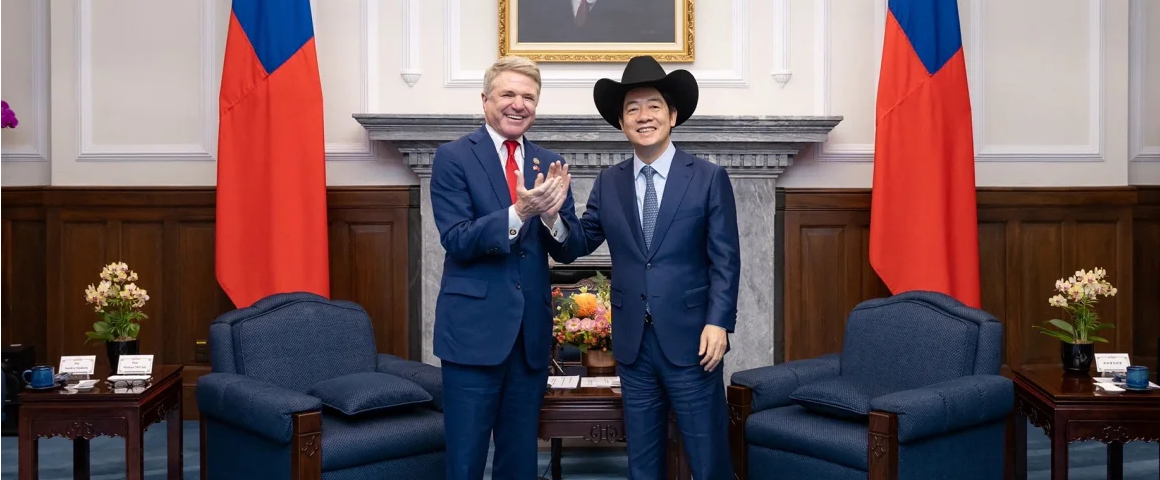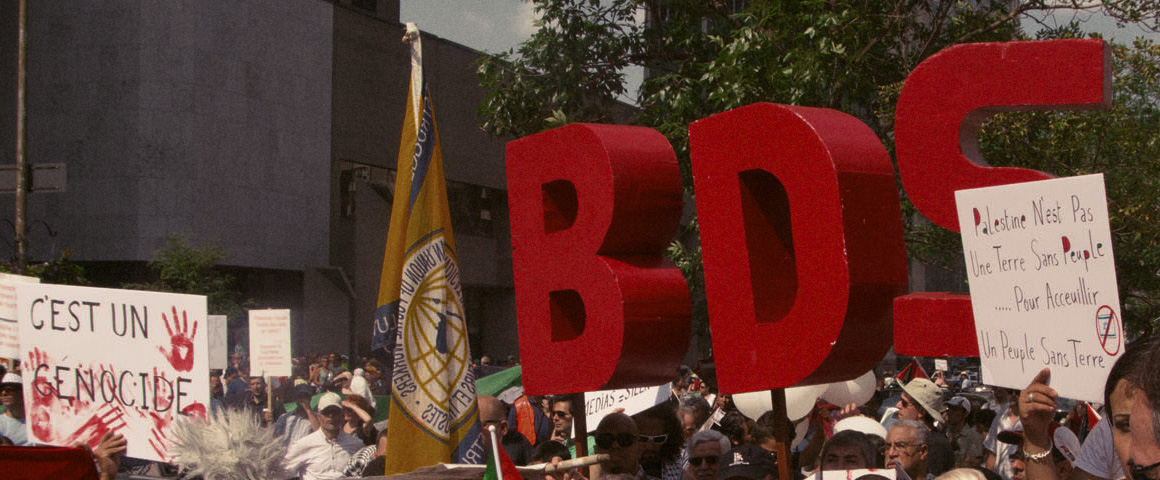By William Briggs
Recently media has been abuzz about Chinese military drills around Taiwan. The focus of the news has been on the alleged dangers posed by China and of the threats to Taiwan, the region and the world that so-called Chinese aggression poses. What prompted the drills is quickly pushed to one side and forgotten.
The row began with the inauguration speech of Taiwan’s new president, Lai Ching-te. It was a speech laced with talk of separatism, with calls to strengthen the Taiwanese nation, and the sovereignty of Taiwan as an independent state.
The president’s remarks immediately drew the ire of Beijing. China regards Taiwan as a province of China. In this, it relies on historical fact, as well as the consensus of opinion from the world, United Nations resolutions and international law. The United States, Taiwan’s principal backer and armourer, illogically both supports that consensus while pledging to defend Taiwan in the event that it needed defending. This has allowed the US to pump more and more weaponry into Taiwan, and to use the island to raise the threat to China.
Lai, it needs to be remembered, came to power with just 40 percent of the vote. Nearly 60 percent of the Taiwanese electorate voted for parties who were seeking a better relationship with Beijing. Lai’s Democratic People’s Party governs in minority in the Legislature, with the opposition Kuomintang and Taiwan People’s Party together holding 59 of the 113 seats. Despite this, Lai’s first major speech as president appealed to a public sentiment that simply does not exist. This does not mean that the majority of Taiwanese are demanding reunification with China. However, regardless of decades of anti-China propaganda, the majority do want positive relations with Beijing.
In his inauguration speech, Lai stated that “the Republic of China and the People’s Republic of China are not subordinate to each other. All of the people of Taiwan must come together to safeguard our nation; all our political parties ought to oppose annexation and protect sovereignty; and no one should entertain the idea of giving up our national sovereignty in exchange for political power.”
These words were aimed at both drumming up a flagging Taiwanese nationalism and at proving Taiwan’s unswerving support for America. The speech was well received in Washington, as was China’s reaction.
Lai also said that “as more countries around the world publicly express their support for Taiwan’s meaningful international participation, there is increasing proof that Taiwan is a Taiwan of the world; that Taiwan is a worthy and reliable force for global peace and prosperity.” There are today 180 UN member-states that formally recognize China. Only nine countries choose to recognize Taiwan.
Even the US and Australia accept the validity of United Nations Resolution 2758, passed in 1971 that recognizes China’s sovereignty. In 2007, the UN rejected a bid by Taiwan to membership, citing that same 1971 resolution, formally acknowledging that Taiwan is part of China. When China speaks of reunification of the country, it is portrayed by hostile and anti-China forces as Chinese aggression, coercion and threat. It is not.
When China reacts to talk of separatism, it is justified in its irritation. The US and its allies in the region, in particular Australia, are engaged in a ceaseless campaign against China. Taiwan is a central plank in that propaganda war.
China’s Foreign Ministry spokesperson Wang Wenbin, speaking at a recent press conference, repeated once more that “Taiwan is an inalienable part of China’s territory. This is both a fact based on history and the true status quo, and it will remain so in the future. ‘Taiwan independence’ is doomed to fail. The Chinese people will not be deterred from defending our sovereignty and territorial integrity … We urge the US to stop conniving at, or supporting … separatist forces and stop meddling in China’s internal affairs. Any attempt to endanger China’s national sovereignty and territorial integrity will be met with China’s resolute response.”
The press conference came at a time when tensions in the region are especially high.
Lieutenant General Stephen Sklenka, deputy commander of the US Indo-Pacific Command, recently spoke at a Canberra Press Club lunch. While he was specifically talking of the future role of AUKUS in the anti-China campaign, he also addressed the situation in Taiwan. It was full of the usual calls for vigilance in response to China’s “aggression in the region.” He failed to mention that he is a senior commander of an American presence that includes 60 percent of the entire US naval and air force capacity and which is permanently stationed within striking distance of China. Nor did he mention that Taiwan is bristling with made-in-America weapons all targeting mainland China. Instead, he resorted to calling the People’s Republic of China “a major challenge. They continue with military build-ups and regularly engage in coercive behaviour.”
Sklenka described the Chinese drills off Taiwan as “concerning.” In response, Wang Wenbin said that the drill is a strong deterrent to “secessionist forces, as well as a serious warning for those foreign forces who interfere in China’s internal affairs and incite provocations.”
Provocations, however, will continue. International law, the United Nations declarations, history, are all irrelevant and secondary to the US. Its front man in Taiwan, regardless of the fact that he represents a minority of Taiwan’s people, will keep doing America’s bidding, regardless of cost.
Guardian (Australia)
Support socialist media!
If you found this article useful, please consider donating to People’s Voice or purchasing a subscription so that you get every issue of Canada’s leading socialist publication delivered to your door or inbox!
For over 100 years, we have been 100% reader-supported, with no corporate or government funding.




